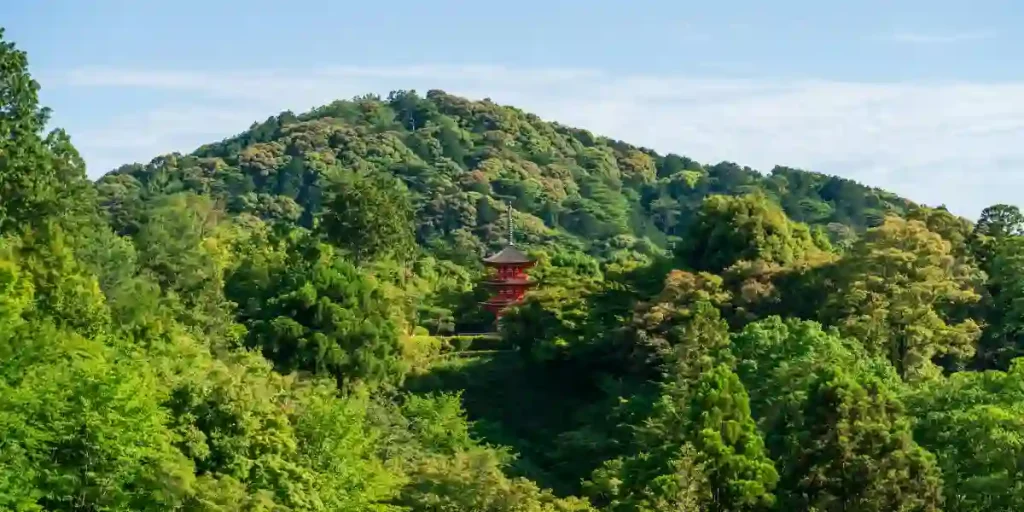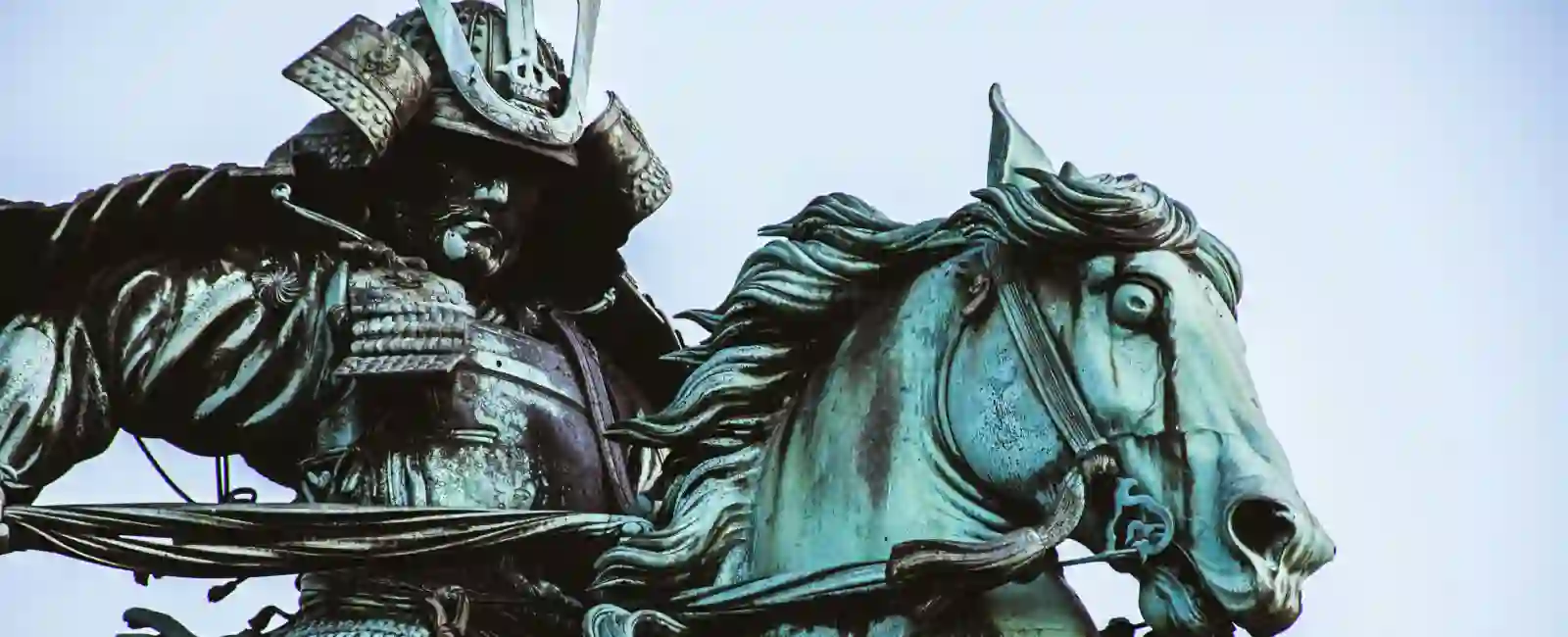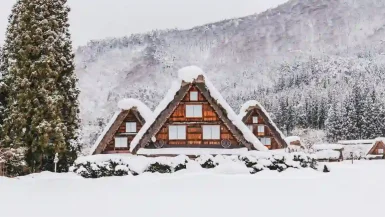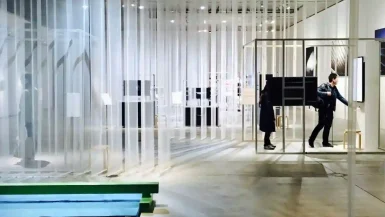The samurai’s influence extends beyond their role as warriors; they were also patrons of the arts, contributing to Japan’s rich cultural tapestry through poetry, tea ceremonies, and calligraphy. Their code of ethics, known as bushido, or the “way of the warrior,” emphasized virtues such as loyalty, courage, and self-discipline, which continue to resonate in modern Japanese society. As you delve into the history, you’ll discover how their legacy has permeated not only historical sites but also contemporary practices and popular culture. From the grand castles that once served as their strongholds to the quiet temples where they sought spiritual guidance, each location tells a story of these wariors’ enduring impact. By tracing their footsteps, you will gain a deeper understanding of the profound and lasting contributions the samurai have made to Japan and the world.
Planning Your Samurai-Themed Journey
Organizing a trip to explore the world of these warriors requires careful planning to ensure you capture the essence of this iconic warrior class. Start by deciding the key locations you want to visit. The most significant places to immerse yourself in their history are found in Kyoto, Tokyo, and the smaller towns that were once home to samurai clans.
Kyoto
As Japan’s ancient capital, Kyoto is home to several important sites connected to the samurai. The Nijo Castle, once the residence of Tokugawa Ieyasu, the founder of the Tokugawa shogunate, provides a rich historical context. The castle’s architecture reflects the power and prestige of the samurai class. Another must-visit location in Kyoto is the Kiyomizu-dera Temple, where they once trained in both the spiritual and martial aspects of their lives.
Kyoto’s Gion district also holds significance, as it was a hub for samurai social life during the Edo period. Here, they would frequent tea houses and interact with geisha, blending their disciplined lives with the cultural refinement that Kyoto is known for. Additionally, the Ryoan-ji Temple, famous for its Zen rock garden, served as a place where would they meditate and find clarity in their thoughts. The tranquility of Ryoan-ji provided a stark contrast to the often tumultuous lives of these warriors. Not far from the temple, the Kyoto Imperial Palace showcases the relationship between the samurai and the imperial family, highlighting their political influence. Kyoto’s rich tapestry of samurai history is woven into its temples, castles, and cultural districts, offering a comprehensive understanding of their multifaceted lives. Exploring these sites gives visitors a deeper appreciation of how these warriors shaped the cultural and political landscape of Japan.

Tokyo
Tokyo, formerly known as Edo, was the heart of their government during the Edo period. The Edo-Tokyo Museum offers a comprehensive overview of the samurai’s role in shaping the city’s history. Nearby, the Yasukuni Shrine and the adjacent Yushukan Museum also offer insights into the military history of Japan, including the samurai era. In addition to these sites, Tokyo’s Imperial Palace stands as a significant landmark, where the shogun’s influence was once felt throughout the land. Walking through the palace grounds, you can almost imagine the samurai who once served the shogunate, guarding the gates and patrolling the moats.
The nearby Samurai Museum in Shinjuku provides a more intimate look at samurai armor, weapons, and the Bushido code that governed their lives. For those interested in samurai arts, the Nihon Budokan regularly hosts martial arts demonstrations, where the traditional skills of the samurai are preserved and showcased. Finally, the historic district of Asakusa, with its ancient temples and narrow streets, offers a glimpse into the world of Edo, where samurai roamed and shaped the cultural fabric of the city.
Smaller Towns
For a more immersive experience, consider visiting towns like Kanazawa and Kakunodate. These towns have preserved samurai districts, where you can walk through streets lined with traditional samurai residences. The Nomura Clan Samurai House in Kanazawa and the samurai houses in Kakunodate are particularly well-preserved. They offer a tangible connection to the past. In Kanazawa, the Nagamachi Samurai District transports you back in time with its narrow lanes and earthen walls. The stone pathways evoke the atmosphere of the samurai era. The district is also home to the Maeda Tosanokami-ke Shiryokan Museum, which houses a collection of artifacts, including swords, armor, and scrolls. These items provide further insight into the samurai lifestyle.
In Kakunodate, the Aoyagi Samurai Manor offers an in-depth look at samurai living quarters, complete with authentic furnishings and personal items that once belonged to the samurai families. Walking through these districts, you can almost feel their presence, discipline, and their way of life echoing through the centuries. Both Kanazawa and Kakunodate also offer seasonal festivals that celebrate their heritage. These events add another layer of cultural richness to your visit. By exploring these towns, you not only see where the samurai lived. You also gain a deeper understanding of how their legacy continues to influence modern Japan.
Tips for a Seamless Samurai Exploration
To make the most of your samurai-themed journey, consider the following tips:
- Timing Your Visit: Japan’s climate varies significantly from region to region. Spring and autumn offer the best weather for exploring historical sites. The cherry blossoms in spring and the vibrant foliage in autumn add a picturesque backdrop to your journey.
- Guided Tours: While exploring on your own allows for flexibility, guided tours offer deep insights into their history. Many sites, such as the Edo-Tokyo Museum, offer English-speaking guides who can provide detailed explanations. Some tours even include demonstrations of samurai swordsmanship, adding a dynamic element to your visit.
- Cultural Etiquette: When visiting historical sites, it’s essential to observe proper etiquette. Many samurai-related sites are sacred, so dress modestly and respect the customs. For example, remove your shoes before entering temples or houses. Additionally, photography might be restricted in some areas, especially within religious sites.
- Interactive Experiences: For those who want to go beyond sightseeing, consider participating in a samurai experience. Several locations, particularly in Kyoto and Tokyo, offer samurai dress-up experiences, where you can don traditional armor and learn basic sword techniques. These experiences provide a hands-on understanding of samurai life and make for memorable photos.
Price Ranges for Samurai-Themed Attractions
Exploring the world of the samurai can range from budget-friendly visits to high-end experiences, depending on your interests and budget.
Admission Fees: Entrance fees to samurai-related sites vary.For example, visiting Nijo Castle in Kyoto costs around 1,030 yen for adults. The Edo-Tokyo Museum charges about 600 yen. Discounts are often available for students and seniors. Some sites also offer combination tickets if you plan to visit multiple locations in one area.
Guided Tours: Prices for guided tours vary depending on the location and the length of the tour. A standard guided tour of the Edo-Tokyo Museum costs around 3,000 yen per person. More specialized tours, such as those focusing on their history, might cost upwards of 5,000 yen. Private tours offer more personalized experiences but can be significantly more expensive, ranging from 15,000 to 30,000 yen.
Samurai Experiences: Participating in a samurai experience, such as dressing in armor or learning sword techniques, typically costs between 5,000 and 15,000 yen. The price includes the use of traditional attire and instruction from a trained professional. Some premium experiences, which include a full day of training or a custom-made suit, can cost over 30,000 yen.
Accommodation: When planning your stay, consider staying in traditional Japanese inns, or ryokan, to enhance your samurai-themed journey. Ryokan prices vary widely, from budget-friendly options starting at 6,000 yen per night. Luxury accommodations, on the other hand, can exceed 50,000 yen per night. Staying in a ryokan not only immerses you in traditional Japanese culture but also often includes meals featuring local cuisine.
How to Visit Related Sites
Visiting samurai-related sites requires some logistical planning, especially if you intend to explore multiple locations across Japan. Here’s a guide to making the most of your visit:
Transportation: Japan’s extensive and efficient transportation system makes it relatively easy to visit multiple samurai sites. The Japan Rail Pass is a cost-effective option if you plan to travel between cities, with a 7-day pass costing around 29,000 yen. For local travel within cities like Kyoto and Tokyo, consider purchasing a prepaid IC card, such as Suica or Pasmo. These cards can be used on trains, buses, and even some taxis.
Travel Itinerary: A well-organized itinerary is crucial for maximizing your time. Begin by mapping out the locations you want to visit. Then, group sites that are geographically close to minimize travel time. For example, in Kyoto, you can visit Nijo Castle in the morning, followed by the Kiyomizu-dera Temple in the afternoon. In Tokyo, you could spend a full day exploring the Edo-Tokyo Museum, Yasukuni Shrine, and the Imperial Palace. Each of these sites has connections to the samurai.
Accessibility: Most samurai-related sites are accessible to tourists with mobility issues, though some older buildings may have limited accessibility due to their historical nature. It’s advisable to check in advance if you require special accommodations. Larger sites like the Edo-Tokyo Museum are fully accessible, with ramps and elevators available.
What to See: Must-Visit Sites
To truly understand these warriors’ impact on Japanese history and culture, visiting key sites is essential. Here’s a breakdown of must-see locations:
Nijo Castle (Kyoto): Nijo Castle stands as a symbol of samurai power during the Edo period. The castle’s Ninomaru Palace, with its ornate interiors and “nightingale floors” designed to prevent intruders, is a marvel to behold. It offers a glimpse into the samurai’s world of intrigue and power. As you walk through the grand halls, you can almost hear the whispers of political alliances. Secretive meetings that shaped the course of Japanese history also echo in the atmosphere. The meticulously maintained gardens surrounding the castle further reflect the samurai’s deep connection to nature. They also showcase their appreciation for aesthetic harmony.
Kiyomizu-dera Temple (Kyoto): Although primarily a Buddhist temple, Kiyomizu-dera played a significant role in samurai history. The temple served as a spiritual retreat for them. Here, they honed not only their martial skills but also their spiritual discipline. Warriors sought clarity and guidance in this place before entering battle. This ensured their minds were as sharp as their swords. The temple’s elevated position also symbolized the warriors’ aspirations to rise above worldly concerns. It connected their martial prowess with a higher purpose.
Edo-Tokyo Museum (Tokyo): This museum provides a comprehensive overview of Tokyo’s history, including the samurai’s influence during the Edo period. The museum’s exhibits cover everything from daily samurai life to the political machinations of the shogunate. Visitors can also explore detailed replicas of their residences and experience interactive displays that bring the era to life. The museum offers guided tours that delve deeper into the complex social and political structures. These tours focus on the governance and influence of the samurai class.
Yasukuni Shrine and Yushukan Museum (Tokyo): Yasukuni Shrine is dedicated to Japan’s war dead, including warriors who fought in various conflicts. The adjacent Yushukan Museum offers exhibits on Japan’s military history, with artifacts from the samurai era on display.
Nomura Clan Samurai House (Kanazawa): This well-preserved samurai residence in Kanazawa’s Nagamachi district offers a rare glimpse into the daily life of a samurai family. The house’s gardens, with their tranquil ponds and meticulously maintained landscaping, reflect the samurai’s appreciation for beauty and harmony.
Kakunodate Samurai District: Known as the “Little Kyoto of the North,” Kakunodate’s samurai district is one of the best-preserved in Japan. The town’s streets are lined with samurai houses, many of which are open to the public. The Aoyagi Samurai Manor Museum, in particular, offers extensive exhibits on samurai armor, weapons, and lifestyle.
Final Thoughts: Embracing the Samurai Spirit
Your journey will not only educate you on the history and culture of these legendary warriors but also inspire a deeper appreciation for the values they embodied. From the strategic planning of your trip to the exploration of sites and experiences, this journey offers a profound connection to Japan’s rich heritage.
Whether you’re walking through the halls of Nijo Castle, witnessing a swordsmanship demonstration, or simply reflecting on the serene beauty of a samurai garden, you can feel their spirit. It lives on in these places. With careful planning, respect for cultural etiquette, and an openness to learning, your samurai-themed journey will be a memorable and enriching experience.



